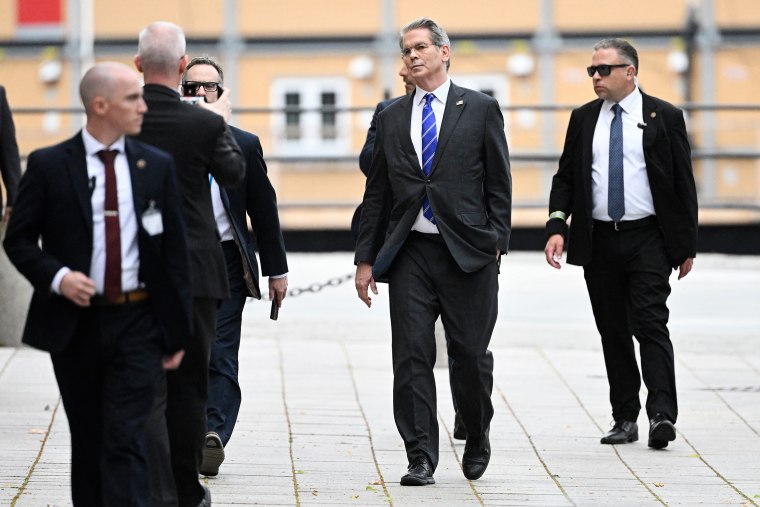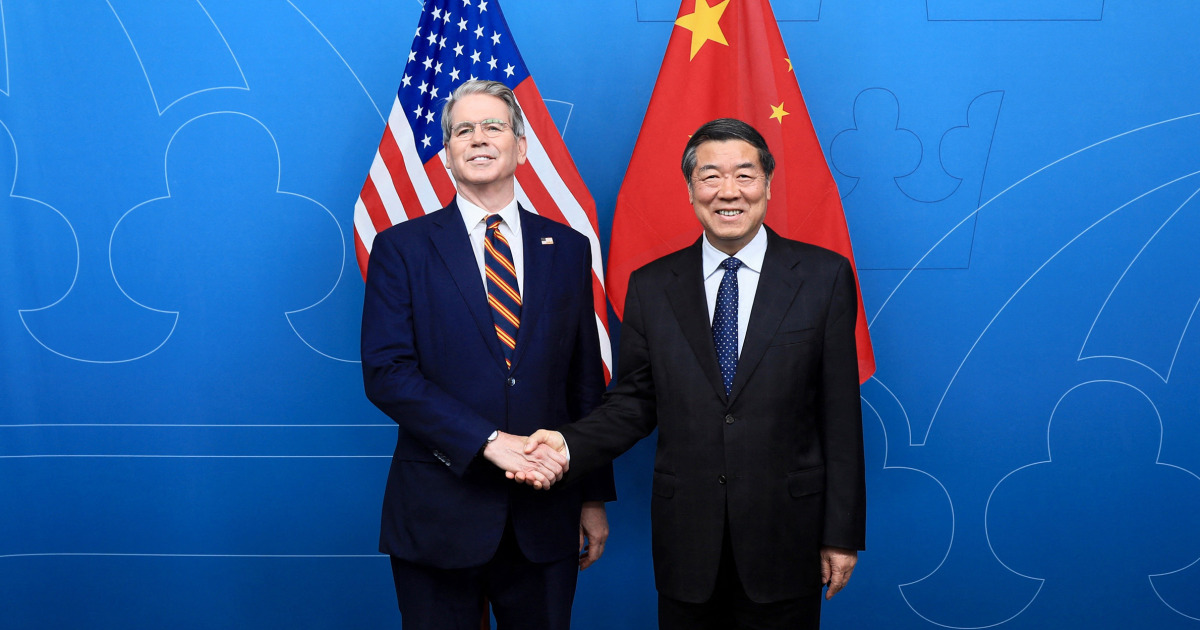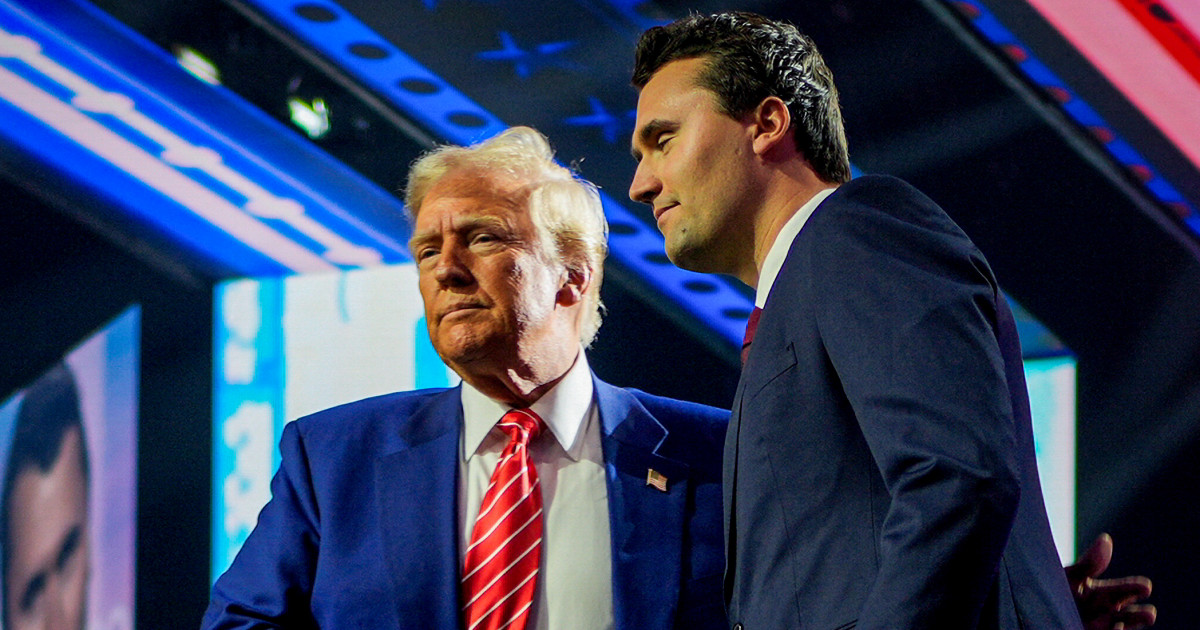The Trump administration has agreed to once again delay the deadline when tariffs on Chinese imports would rise as discussions between the two sides continue.
The new deadline would be Nov. 10.
“All other elements of the Agreement will remain the same,” Trump said on Truth Social.
In a statement accompanying an executive order, the White House said the administration would be holding “ongoing negotiations” with China, the world’s second-largest economy, to “resolve trade disputes and strengthen economic ties.”
“Each round of negotiations with the Chinese has built on each other, further strengthening economic cooperation,” the White House added.
A joint government statement carried by Chinese state media said China would adopt and maintain all necessary measures to suspend or remove non-tariff measures.
For companies and consumers, another pause means continued uncertainty as President Donald Trump’s sweeping tariff regime enters its fifth month.
Last week, import taxes went into effect for dozens of countries. Prices have ticked up in the United States while existing tariffs on imports from China and others work their way into the economy, with companies eating much of the higher costs and consumers absorbing some. Trump has downplayed inflation concerns and lauded the tens of billions of dollars in federal revenue from the levies.
This is the second time the Trump administration has delayed imposing even higher tariffs on China, which is one of America’s largest trading partners. In 2024, the United States imported more than $438 billion worth of Chinese goods, including everything from clothing to electronics to toys.
While there is no deal in hand, there has been movement on a few fronts. Just days ago, Trump authorized American tech companies Nvidia and AMD to resume selling some of their artificial intelligence semiconductors to China. China has also reportedly eased some restrictions on exports of rare earth metals. Those were key issues for both sides.
Trump’s back-and-forth with China over tariffs started just days after he re-entered office. In early February, he imposed a 10% tariff on all imports from China, which quickly retaliated with higher tariffs of its own. Then, on April 2, Trump said he would slap a 34% tariff on China.
A week later, after China hiked its tariffs on U.S. goods to 84%, Trump said on Truth Social: “Based on the lack of respect that China has shown to the World’s Markets, I am hereby raising the Tariff charged to China by the United States of America to 125%, effective immediately.” That brought U.S. tariffs on Chinese goods to a total of 145% versus 125% in Chinese tariffs on U.S. goods, amounting to a mutual trade embargo.
Seeking to defuse the tension, Treasury Secretary Scott Bessent and U.S. Trade Representative Jamieson Greer met with their Chinese counterparts in Geneva in early May. Following those talks, both countries lowered their tariffs by 115 percentage points for 90 days, to 30% on Chinese goods and 10% on U.S. goods.
Just weeks later, Trump said on Truth Social that “China, perhaps not surprisingly to some, HAS TOTALLY VIOLATED ITS AGREEMENT WITH US.” U.S. officials later said that China was “slow rolling” the delivery of rare earths.
Bessent and Greer met again with their counterparts, namely Chinese Vice Premier He Lifeng, in London in mid-June. Commerce Secretary Howard Lutnick also joined those talks, which yielded positive language.

“The two largest economies in the world have reached a handshake for a framework,” Lutnick said at the conclusion of the London talks. Since that meeting, the details of that framework agreement have not been released or published by either government.
A full-fledged trade deal with China remains elusive despite at least seven days of face-to-face talks this year between high- ranking officials on both sides.
“Beijing will be happy to keep the U.S.-China negotiation going, but it is unlikely to make concessions,” said William Yang, a senior Northeast Asia analyst for the International Crisis Group who is based in Taiwan.
“China believes momentum is on its side because Trump has a stronger desire to sign a deal with Beijing so that he can claim victory and secure a summit with Chinese President Xi Jinping in the fall,” Yang said.
Such a summit could take place around the Oct. 31-Nov. 1 Asia-Pacific Economic Cooperation summit in South Korea, which both leaders might attend.







